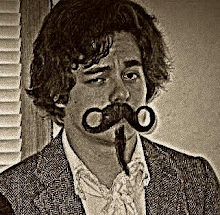A2 G325: Critical Perspectives in Media
Section A: Theoretical Evaluation of Production (50 marks)
Candidates answer two compulsory questions. The first requires them to describe and evaluate their skills development over the course of their production work, from Foundation Portfolio to Advanced Portfolio. The second asks them to identify one production and evaluate it in relation to one theoretical concept.
Question 1(a) requires candidates to describe and evaluate their skills development over the course of their production work, from Foundation Portfolio to Advanced Portfolio. The focus of this evaluation must be on skills development, and the question will require them to adapt this to one or two specific production practices.
The list of practices to which questions will relate is as follows:
Digital Technology
Creativity
Research and planning
Post-production
Using conventions from real media texts
In the examination, questions will be posed using one or two of these categories.
Where candidates have produced relevant work outside the context of their A Level media course, they are free to additionally refer to this experience.
Question 1(b) requires candidates to select one production and evaluate it in relation to a media concept. The list of concepts to which questions will relate is as follows:
Genre
Narrative
Representation
Audience
Media language
In the examination, questions will be set using one of these concepts only.
It's been fun...
14 years ago
